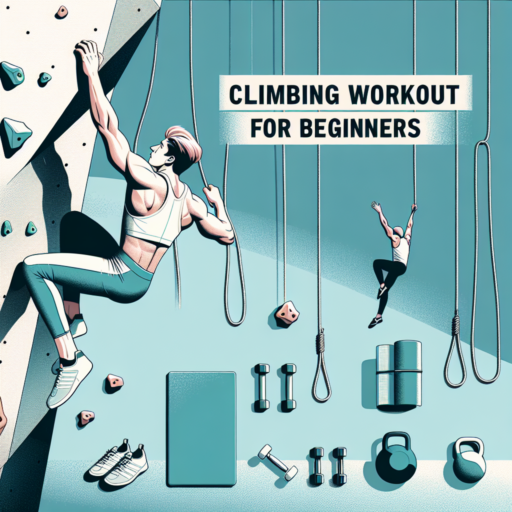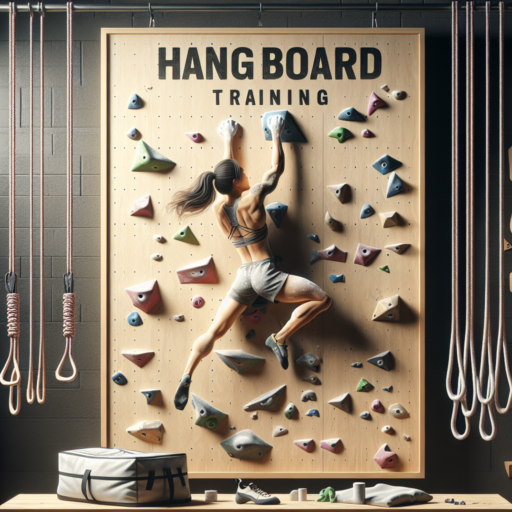How many days a week should a beginner climb?
Deciding on the ideal number of climbing days for beginners is crucial for fostering both improvement and enthusiasm while ensuring safety and avoiding injury. Traditionally, beginners are advised to start slowly, allowing their bodies to adjust to the new demands of climbing. The consensus among climbing experts and trainers points towards a sweet spot for those just starting their ascent into the climbing world.
Understanding Your Body’s Limitations
Embarking on a climbing journey requires a keen understanding of one’s physical limitations and how to progressively push beyond them without crossing into overexertion. For beginners, this understanding translates into careful consideration of how often to engage in climbing activities. Initially, the focus should be on building a solid foundation in climbing techniques, which can be effectively achieved without overwhelming frequency.
Recommended Frequency for Novices
For most beginners, climbing two to three days a week is recommended. This schedule allows for ample recovery time, essential for muscle repair and strengthening, while also providing sufficient opportunity to practice and improve climbing skills. It is important for beginners to listen to their bodies and adjust their climbing frequency as needed, taking into account factors such as fatigue, muscle soreness, and overall physical and mental wellbeing.
How to start working out for climbing?
Embarking on a climbing journey involves not just a keen spirit but also a tailored approach to physical preparation. Whether you’re aiming to scale indoor walls or rugged outdoor cliffs, starting with the right workout plan is crucial. This guide focuses on foundational exercises and tips to kickstart your climbing regimen.
Understanding Climbing Demands
Climbing is a sport that requires a unique blend of strength, endurance, and technique. It’s not simply about having powerful arms; your legs, core, and flexibility play a significant role in propelling you upwards. Initially, focus on building a solid base of overall body strength and flexibility. This can significantly enhance your climbing efficiency and reduce the risk of injuries.
Core Workouts for Climbing Beginners
Begin with exercises that strengthen your grip, arms, shoulders, legs, and core muscles. Incorporating routines such as pull-ups, planks, squats, and dead hangs can be particularly beneficial. These exercises mimic climbing movements, helping your body adapt to the specific demands of the sport. Additionally, integrating yoga or pilates can improve your flexibility and balance, essential components of climbing.
Incorporating Climbing-Specific Training
As you progress, gradually introducing more climbing-specific workouts is key. Using a climbing wall for practice sessions will enable you to apply your physical strength in a practical setting. Focus on exercises that simulate climbing conditions, such as bouldering or using a hangboard. These activities not only boost your physical capabilities but also improve your problem-solving skills and climbing techniques.
No se han encontrado productos.
Can you get fit by just climbing?
Climbing has steadily gained popularity as a full-body workout, attracting fitness enthusiasts and beginners alike. Many wonder if it’s possible to achieve fitness solely through climbing. With its combination of strength, endurance, and flexibility demands, climbing offers a comprehensive exercise routine. However, integrating it effectively requires understanding its impact on the body and how to balance it with other fitness principles.
The Physical Benefits of Climbing
Climbing challenges the body in unique ways. Each ascent demands strength from nearly every muscle group, from your fingers gripping the holds to your toes pushing you upwards. It’s not just about upper body strength; climbers rely heavily on their legs and core to lift and stabilize their movements. This constant physical engagement helps in building muscle, enhancing endurance, and improving balance and coordination. Moreover, the problem-solving aspect of navigating routes adds a cognitive challenge, making climbing a holistic workout engaging both mind and body.
The Role of Climbing in Cardiovascular Health
While often perceived primarily as a strength-based sport, climbing also serves as an excellent cardiovascular workout. The sustained effort required to complete longer climbs increases the heart rate, contributing to cardiovascular endurance. Although it may not replace traditional cardio workouts completely, incorporating sessions focused on longer and more sustained climbs can substantially improve your heart health and stamina, particularly when combined with other forms of cardio exercises.
In conclusion, while climbing alone can significantly contribute to overall fitness, complementing it with other forms of exercise and a balanced diet ensures a holistic approach to health. The versatility and adaptability of climbing make it an exciting and effective way to achieve and maintain fitness.
How should a beginner start climbing?
Starting your climbing journey can seem daunting at first, but with the right approach, it can be an incredibly rewarding experience. The first step for beginners is to get acquainted with the basics of climbing. This includes understanding different types of climbing, such as bouldering, sport climbing, and traditional climbing. Each type offers a unique set of challenges and requires different equipment and skills. Beginners should begin with indoor climbing, which offers a controlled environment to learn and practice.
Choosing the Right Gear
Having the right gear is essential for any beginner looking to start climbing. Start with the basics: a comfortable pair of climbing shoes, a durable climbing helmet, and a harness. It’s also wise to invest in a chalk bag to keep your hands dry and improve your grip. Initially, renting equipment from your local climbing gym can be a cost-effective way to try out different gear and find what works best for you before making any purchases.
Learning Basic Techniques and Safety
Knowledge of basic climbing techniques and safety is crucial for any beginner. Joining a climbing class or seeking guidance from experienced climbers can provide a solid foundation. Focus on learning how to properly use your feet, understanding body positioning, and mastering grip techniques. Equally important is becoming familiar with safety protocols, such as proper belaying techniques and communicating with your climbing partner. Remember, practice and patience are key to improving your climbing skills and safety awareness.



